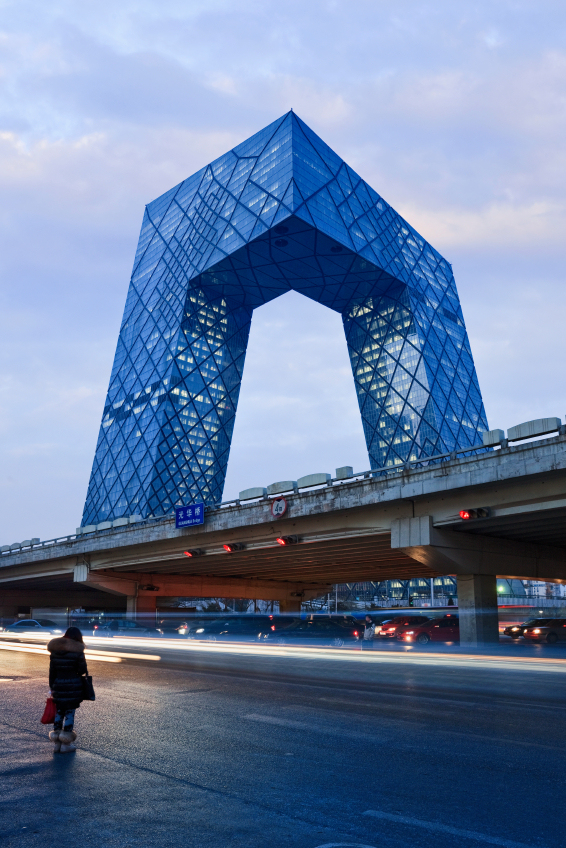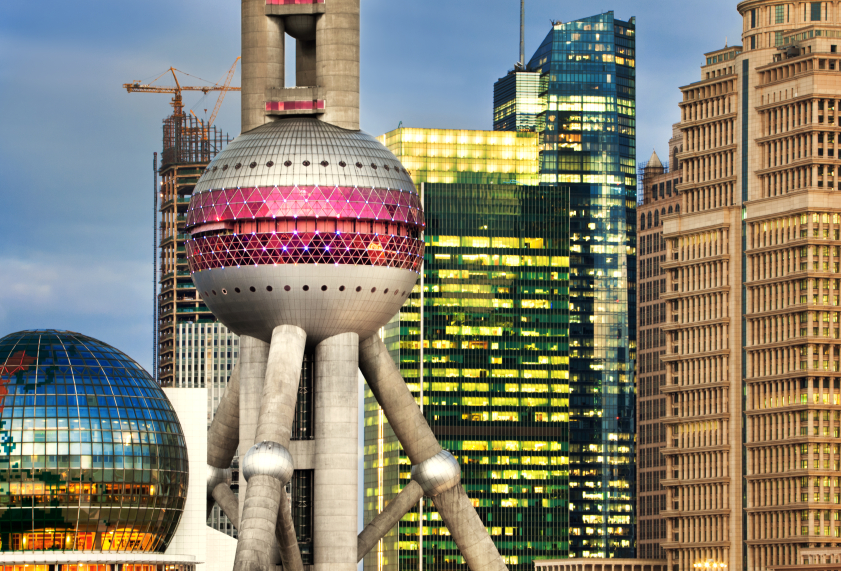
Imagine the scene: Stephen Harper stands in the House of Commons and asks Canadians to put a halt to constructing buildings with weird shapes. Too much is too much, he says.
This is not likely to happen for two reasons: Stephen Harper is not a dictator and Canada is a rather conservative country when it comes to architecture. The streets aren’t filled with grotesquely shaped buildings.
In any case, it would be delirious. Such a scene is impossible. What leader would dare do it? And which country in the world can boast having a surplus of strange architectural buildings on its territory?
We have the answer: China.
It happened in mid-October. According to the Agence France-Presse, Chinese President Xi Jinping took advantage of a speech in front of a delegation of artists to request that the multiplication of weird constructions in China come to an end.
Curious, we hit the keyboard and a tone of books to explore the main cities in China. Fantastic! The three photos are just a very small sample of the type of unusual building we can find in China.
Why so many?
The Chinese opened their borders to the world in the 1990s. They adopted free markets at the same time. In their desire to Westernize rapidly, they called upon architects from around the world because everything had to be done in China.
The country quickly became an immense laboratory for foreign architects and young Chinese architects graduating from local universities. The capital was there, the space was there and the creative genius was there.

Everything exploded. Buildings with weird shapes sprouted from ground one after another. Chinese web surfers started to mock the comical shapes, from the strange to the extreme and the poor taste of some of them.
The social media erupted with comments, sarcasm, denunciation of the use of public funds, nicknames with sexual references for certain buildings.
The Chinese government thought it was a good idea to censure the discussions for a while to calm things down. Another debate: many Chinese deplore the Westernization of architecture. There is an enormous contrast with traditional buildings.
These buildings are tame compared to more recent buildings, which are certainly among the most avant-gardist in the world. If you’re interested in learning more, check out the following books. You will be astonished.
References:
Building Projects in China, Bert Bielefeld, Birkhauser architecture 2002, 256 pages
New china architecture, Periplus Editions 2006, 240 pages
Heart-Made: the Cutting Edge of Chinese Contemporary Architecture